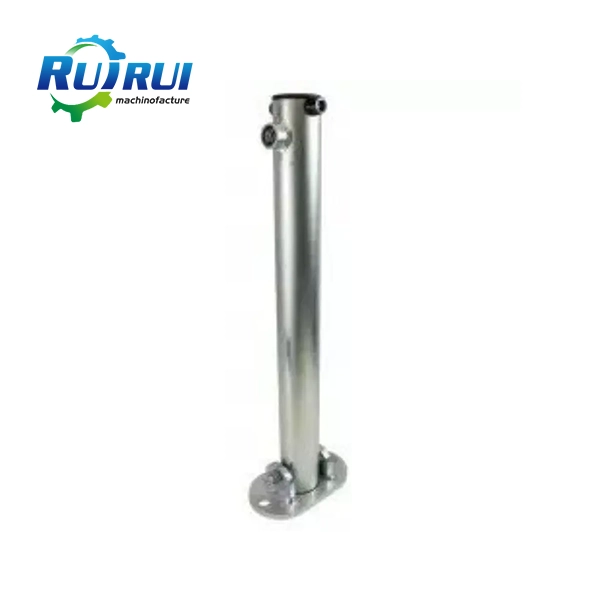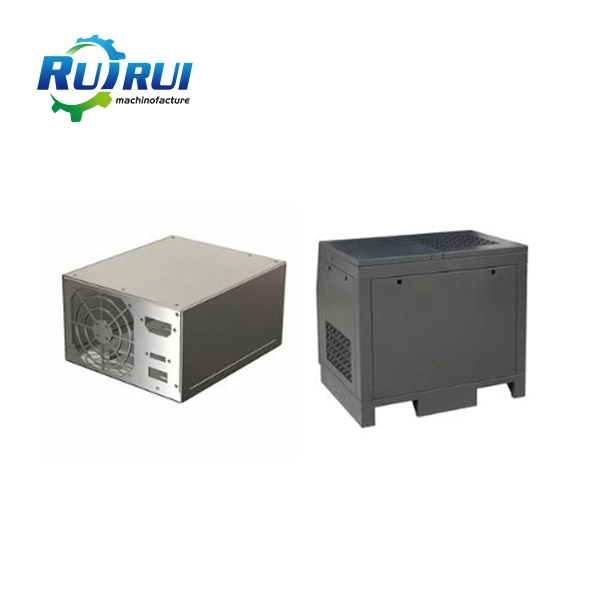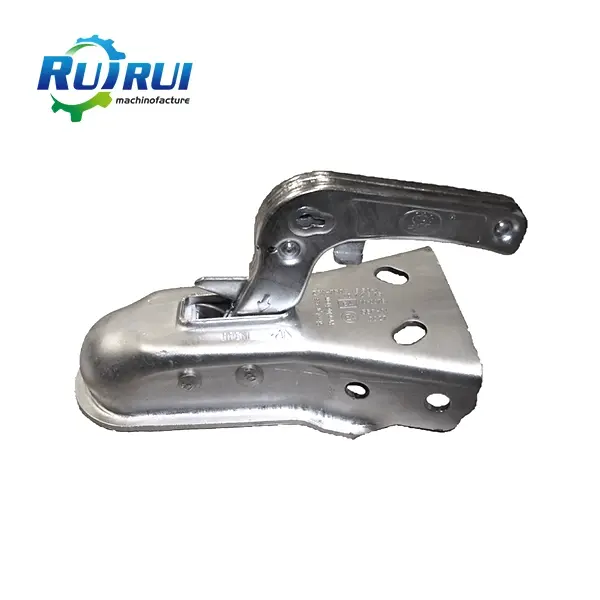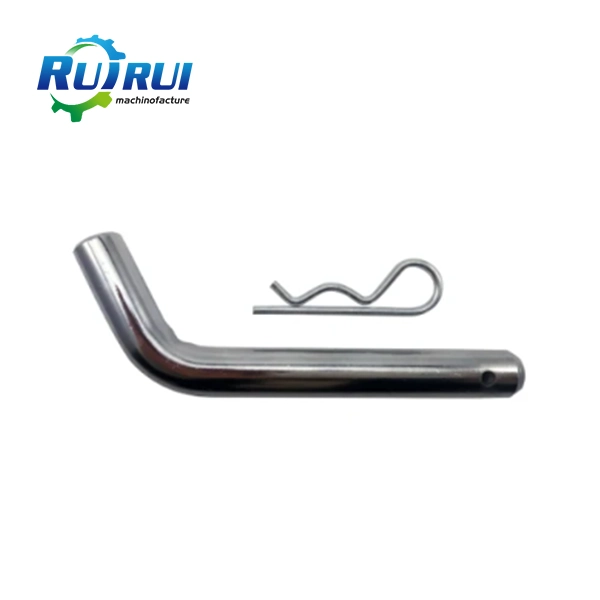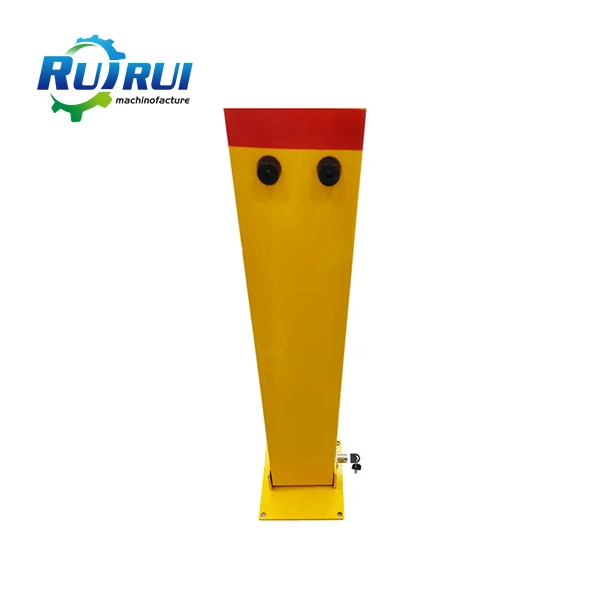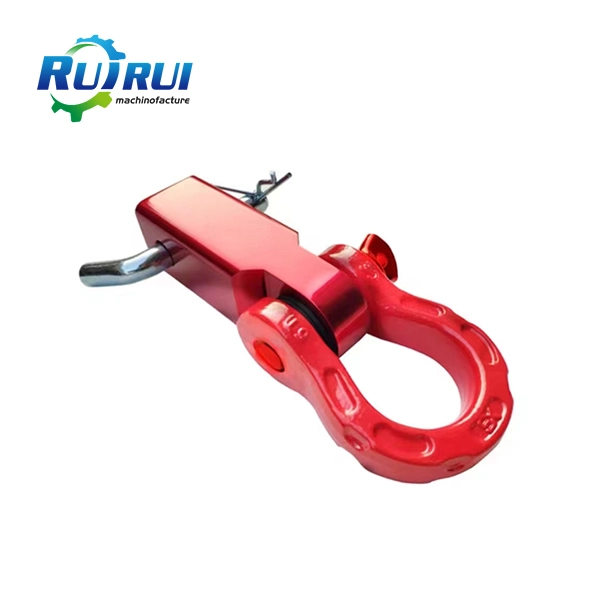What is a Mounting Bracket?
Mounting brackets are essential hardware components used to secure, attach, or support objects in various settings. They come in a multitude of shapes, sizes, and materials, and are designed to facilitate the installation and stabilization of everything from electronics to structural elements in construction. In this blog, we'll delve into what mounting brackets are, their various applications, and the different types available.
What are the Different Types of Mounting Brackets?
Mounting brackets can be categorized based on their use and design. Common types include L-brackets, Z-brackets, U-brackets, and more specialized forms like ceiling fan brackets and dishwasher mounting brackets. Each type is designed to provide specific support and attachment functions. For example, L-brackets are often used for shelving, while Z-brackets can provide additional strength in structural applications.
L-Brackets
L-brackets are among the most common types of mounting brackets. As the name suggests, they are shaped like the letter "L" and are typically used to support shelves or to provide corner support in furniture and structural applications. L-brackets come in various sizes and materials, from lightweight plastic versions for simple household uses to heavy-duty steel ones for industrial applications.
Z-Brackets
Z-brackets are used when additional strength and stability are required. They are often used in construction and industrial settings where they can provide robust support for beams and other heavy objects. The Z-shape provides an extra layer of stability compared to L-brackets, making them ideal for heavy-duty applications.
U-Brackets
U-brackets, also known as U-channel brackets, are used to hold objects in place within a channel. These are often seen in automotive and industrial applications where they can hold pipes, cables, or other cylindrical objects securely. The U-shape allows for a snug fit, reducing movement and ensuring stability.
Specialized Brackets
There are also specialized mounting brackets designed for specific applications. For instance, ceiling fan brackets are designed to support the weight and movement of a ceiling fan, while dishwasher mounting brackets secure a dishwasher under a counter. Each specialized bracket is tailored to meet the demands of its specific use case.
How Do Mounting Brackets Work?
Mounting brackets function by providing a stable platform for attaching objects. They are typically fixed to a surface using screws, bolts, or other fasteners, and the object to be mounted is then attached to the bracket. This dual attachment ensures that the object is securely held in place and can support weight or withstand movement without detaching.
Installation Process
Installing a mounting bracket involves several steps to ensure a secure and stable attachment:
Select the Appropriate Bracket: Choose a bracket that matches the weight and dimensions of the object you are mounting. Ensure it is made from a material suitable for the environment (e.g., stainless steel for outdoor use).
Prepare the Surface: Clean and prepare the surface where the bracket will be installed. Ensure it is strong enough to support the weight.
Mark and Drill Holes: Mark the position of the holes using the bracket as a template. Drill pilot holes to make it easier to insert screws or bolts.
Attach the Bracket: Secure the bracket to the surface using appropriate fasteners. Make sure it is tightly fixed to avoid any movement.
Mount the Object: Attach the object to the bracket, ensuring it is securely fastened.
Fasteners and Hardware
The type of fasteners used to attach the bracket to the surface and the object to the bracket is crucial for ensuring stability. Common fasteners include screws, bolts, and anchors, each chosen based on the weight of the object and the type of surface. For example, drywall anchors are used when mounting objects to drywall to provide additional support.
Why are Mounting Brackets Important?
Mounting brackets are crucial for several reasons:
Stability
Mounting brackets provide a secure attachment point, ensuring that objects remain fixed in place. This stability is essential for both safety and functionality. For example, in industrial settings, securely mounted equipment reduces the risk of accidents and equipment damage.
Versatility
Mounting brackets can be used in a wide range of applications, from household fixtures to industrial installations. Their versatility makes them an indispensable part of both everyday and specialized tasks. Whether you are installing a simple shelf or setting up a complex machinery system, the right mounting bracket can make all the difference.
Safety
Proper use of mounting brackets can prevent accidents and damage by keeping objects securely mounted. For example, in homes, securing heavy furniture with mounting brackets can prevent tip-over accidents, especially in households with children.
Common Questions about Mounting Brackets
1. What is the Best Way to Install a Mounting Bracket?
Installing a mounting bracket properly requires careful consideration of the weight and type of object being mounted, as well as the surface to which it will be attached. Here are some general steps:
Select the Appropriate Bracket: Choose a bracket that matches the weight and dimensions of the object you are mounting. Ensure it is made from a material suitable for the environment (e.g., stainless steel for outdoor use).
Prepare the Surface: Clean and prepare the surface where the bracket will be installed. Ensure it is strong enough to support the weight.
Mark and Drill Holes: Mark the position of the holes using the bracket as a template. Drill pilot holes to make it easier to insert screws or bolts.
Attach the Bracket: Secure the bracket to the surface using appropriate fasteners. Make sure it is tightly fixed to avoid any movement.
Mount the Object: Attach the object to the bracket, ensuring it is securely fastened.
Special Considerations for Specific Installations
For specific items like ceiling fans, it's crucial to follow the manufacturer’s guidelines to ensure a safe and secure installation. Ceiling fan brackets must support not only the weight of the fan but also the dynamic forces caused by the fan's movement. Ensuring the bracket is properly anchored into a joist or other sturdy structure is essential.
2. Can Mounting Brackets be Used Outdoors?
Yes, many mounting brackets are designed for outdoor use. These brackets are typically made from weather-resistant materials like stainless steel or coated metals to withstand the elements. For example, outdoor ceiling fan brackets are designed to be rust-resistant and sturdy to handle exposure to varying weather conditions.
Choosing Outdoor Brackets
When selecting mounting brackets for outdoor use, consider the following factors:
Material: Opt for materials that can withstand weather conditions, such as stainless steel, aluminum, or powder-coated steel. These materials resist rust and corrosion, ensuring longevity.
Design: Look for designs that allow for water drainage and minimize water pooling to reduce the risk of rust.
Installation Surface: Ensure the surface where the bracket will be installed is suitable for outdoor conditions. For instance, wooden surfaces should be treated to resist moisture and rot.
Examples of Outdoor Applications
Outdoor Lighting: Mounting brackets for outdoor lights need to be both sturdy and weather-resistant to handle exposure to rain, wind, and temperature changes.
Solar Panels: Brackets used to mount solar panels must withstand wind loads and environmental exposure while providing a secure and adjustable mounting solution.
3. How Do I Choose the Right Mounting Bracket for My Project?
Choosing the right mounting bracket depends on several factors:
Weight and Size of the Object: Ensure the bracket can support the weight and dimensions of the object.
Environment: Consider whether the bracket will be used indoors or outdoors. Outdoor brackets need to be resistant to rust and corrosion.
Type of Surface: The bracket and fasteners should be suitable for the type of surface (e.g., drywall, concrete, wood).
Specific Application Needs: Some projects might require specialized brackets, such as those designed for sloped ceilings or heavy equipment.
Assessing Your Needs
Before purchasing a mounting bracket, assess the following:
Load Capacity: Check the weight capacity of the bracket and ensure it exceeds the weight of the object you plan to mount.
Mounting Surface: Identify the type of surface and select appropriate fasteners. For instance, concrete anchors are needed for concrete walls, while toggle bolts are suitable for drywall.
Adjustability: Some projects may require adjustable brackets that allow for fine-tuning the position of the mounted object.
Examples of Specific Applications
Ductless Mini-Split Air Conditioners: Installing a ductless mini-split air conditioner requires a specific type of mounting bracket that can support the condenser unit and provide adequate airflow around it.
Heavy Machinery: For heavy machinery, robust industrial brackets are necessary to handle the weight and vibrations during operation.
Conclusion
Mounting brackets are versatile and essential tools for both everyday and specialized applications. Whether you're installing a simple shelf or setting up a complex industrial system, the right mounting bracket can make all the difference in ensuring stability, safety, and durability. By understanding the different types of mounting brackets, how they work, and how to choose the right one for your project, you can ensure a successful and secure installation.
References
Trivantage Guide to Mounting Brackets & Support Hardware
Ceiling Central's Guide to Ceiling Fan Mounting Brackets
Home Depot's Selection of Mounting Brackets and Hardware
Everbilt Under Counter Dishwasher Mounting Bracket
MRCOOL Steel Support Mounting Bracket for Ductless Mini-Split Condenser
Amazon's Various Mounting Bracket Options
Lowe's Mounting Brackets and Hardware
Best Buy's TV Mount Accessories
RectorSeal WBB-300 Wall Condenser Bracket
TURBRO Stainless Steel Foldable Wall Mount Bracket
For more information, feel free to contact info@qdkshd.com.
Send Inquiry
Related Industry Knowledge
- What Are the Different Types of Bollards?
- What Are U Bolts Used For?
- What is a Mounting Bracket?
- What was the purpose of a pump cover?
- What is a pump cover plate?
- What are the dimensions and specifications of standard link plates?
- How do you maintain or inspect link plates?
- What materials are used for street furniture?
- What materials are link plates made from?
- What are the different types of bollards?
